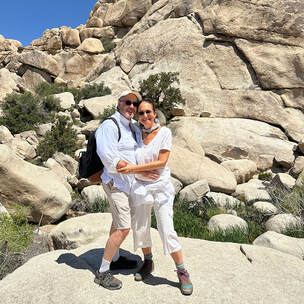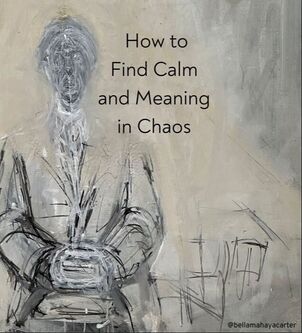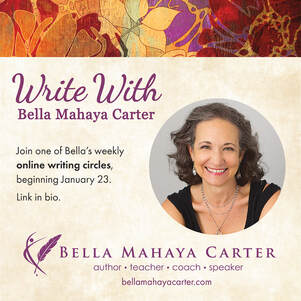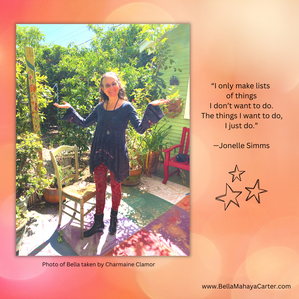|
Have you ever felt out of your depth when thinking about creating something new? In this video, I share a story about a recent experience in which I felt totally intimidated. I eventually let go and had fun, which is what creative expression can be when we release expectations, explore, and play. We also need to feel supported in a safe and sacred space. This means:
1. You can show up as you are, even if you’re scared. 2. You know all parts of you are welcome. Even your insecurities. 3. You’re allowed to be tired, vulnerable, and uncertain. 4. You know you won’t be judged. 5. You’re allowed to have all your feelings. 6. You know you’ll be met where you are, and where you are is perfect. 7. You know you won’t be compared to someone else’s version of who they think you should be. 8. You don’t have to live up to anyone’s expectations of who you are or what you create. 9. You understand your creative expression will exist on your own terms and won’t be compared to others. 10. You feel the joy of creative play for its own sake, without goals, ambition, or needing to prove anything to anyone. If this sounds good to you, check out my upcoming summer writing circles. The deadline to sign up is this Friday, July 7, at noon PT. Classes begin next week! I’m excited to dig in with new and returning writers.
0 Comments
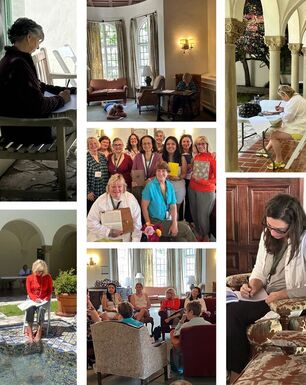 Last week, I attended Camp Scripps, organized by and for Scripps College alumnae. The camp offers four days of workshops, readings, late-night conversations, performances, sports, friendship, and fun! This year, I taught “Sacred Journal Writing: Start or Revive Your Practice.” In this workshop, we discussed these seven ways to use your journal: Have you heard the saying, “Writers don’t let writers write alone?”
Writing can be complex and scary, and even though we do it by ourselves, we can also write with a community, and we can do it with the support of mentors and teachers. 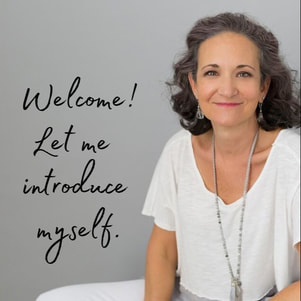 I confess that I have a love/hate relationship with being seen. Part of me wants to shout what I’ve learned about creative freedom from my rooftop, while another part wants to hide in bed. But I figured it was time to throw off some covers and properly introduce myself. Maybe if you know me, I’ll also get to know you. That would be sweet. 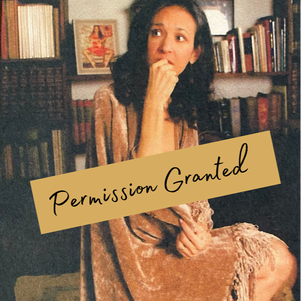 I recently found this photograph of me taken in 2008, when I published my first book, Secrets of My Sex, a poetry collection. In the background, you can see the photo I used for my book cover, a snapshot taken after a flamenco show in Spain circa 1982. After the dancers and audience cleared, my girlfriend and I commandeered the stage for an impromptu photo shoot.  A few weeks ago, I woke up to a triggering text message. Its content doesn’t matter. But my reaction was a doozy. As with many life lessons, the hard stuff often becomes most instructive—if we’re paying attention. After indulging my negative thinking, I dashed off a snide text response. Then I joined my husband in the sauna and spewed self-righteousness and judgment. I tried to get him to agree that the sender of the text message was wrong, and I was right. He didn’t bite. So, I got mad at him. |
Receive over 80 writing prompts from Where Do You Hang Your Hammock to ignite your creativity, gain clarity, and reach your personal and professional goals! You'll also receive my inspirational monthly blog/newsletter. |
“Where the spirit does not work with the hand there is no art.” —Leonardo da Vinci

